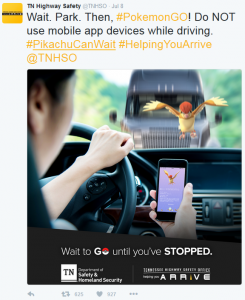A robust cybersecurity strategy involves sophisticated, overlapping protections. Along with up-to-date technology, well-trained employees and vigilant IT professionals, comprehensive insurance coverage is an often necessary ingredient of any protective “moat” shielding a company from damaging cyberattacks. Yet does a company’s cyber insurance package actually protect it from one of the most common forms of cyberattack—when a hacker goes phishing? In her post “Phishing for Insurance Coverage” on Pillsbury’s Policyholder Plus insurance blog, our colleague Peri Mahaley examines a variety of surprising phishing-related exclusions one might discover in a company’s cyber coverage.







